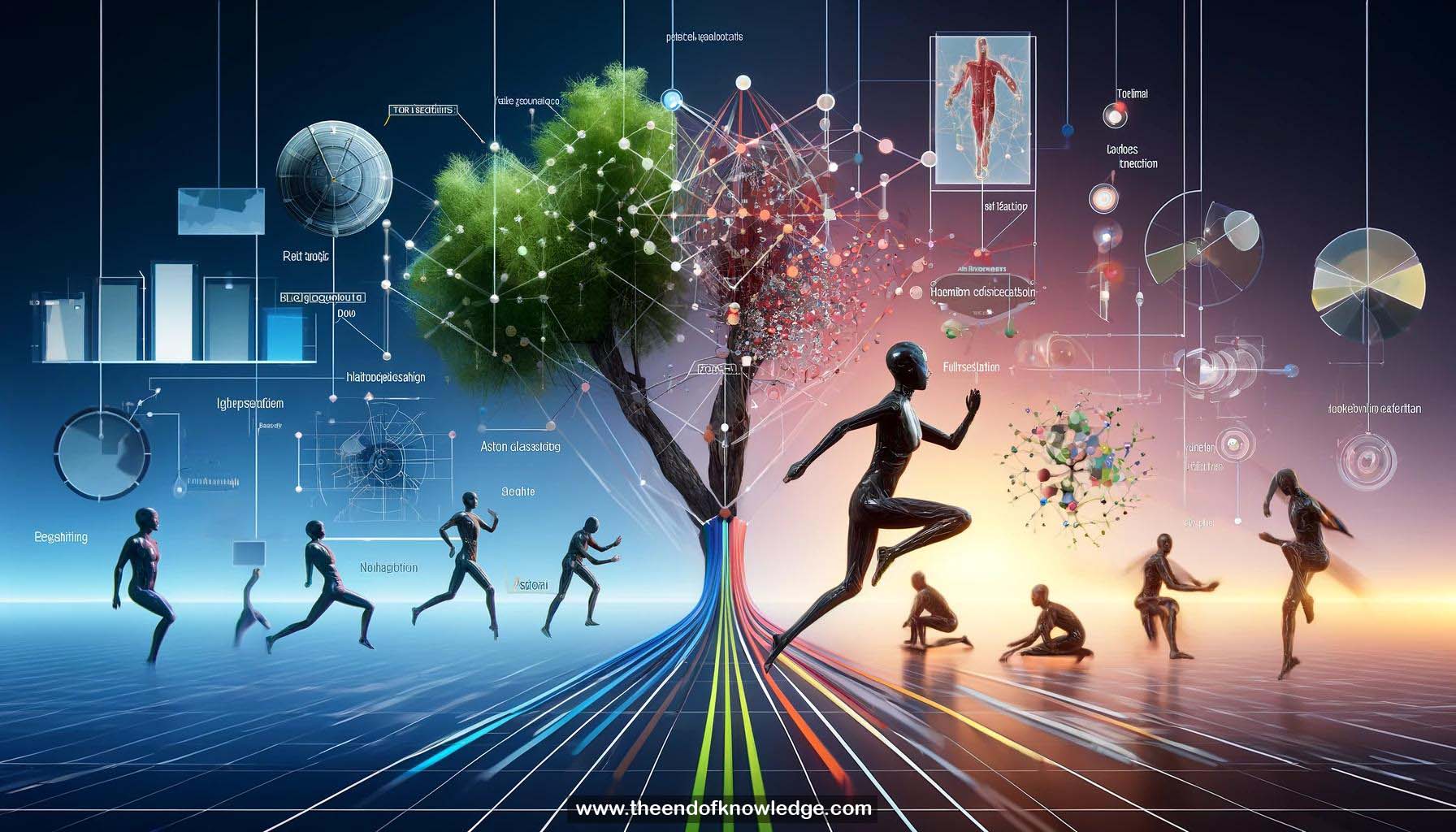 >
>
Concept Graph & Resume using Claude 3 Opus | Chat GPT4o | Llama 3:
Resume:
1.- Human action recognition: Recognizing actions in video sequences
2.- Actions as structured body movements: Spatial, temporal, hierarchical
3.- Previous approaches: Bag-of-words discards structure, space-time pyramids only weakly capture it
4.- Space-time trees model actions: Root nodes for whole body, part nodes for body parts
5.- Tree edges represent time, space, hierarchy
6.- Collection of trees per action for variation and partial matching
7.- Trees efficient to infer, collections approximate graphs
8.- Tree components (nodes, edges, weights) learned from data
9.- Action words share parameters between trees, reducing complexity
10.- Ensemble of trees used to classify actions
11.- Learning action words: Discriminative clustering of root/part space-time segments
12.- Learning trees: Hierarchical space-time segment graphs mined for frequent subtrees
13.- Tree mining, clustering, ranking to get compact set
14.- Matching tree to graph allows partial matches, uses DP
15.- Experiments on UCF Sports and Hi5 datasets
16.- Outperforms bag-of-words with same features by ~80%
17.- Beats predefined structure methods needing bbox labels
18.- Larger trees capturing more complex structures are more discriminative
19.- Inference example matches tree nodes to video regions over time
20.- Cross-dataset generalization: Hi5 trees beat recent methods on Hollywood3D without using depth
21.- Method automatically discovers space-time action trees
22.- Ensemble of trees captures rich structure for classification
23.- Promising results and cross-dataset generalization shown
24.- Model is sensitive to video segmentation quality
25.- Experiments on good 400x600 resolution videos
26.- Learning approach provides robustness to some noise
27.- Poster will demonstrate more results
28.- Question on sensitivity to segmentation noise
29.- Uses ICSU 2013 segmentation method
30.- Resolution and quality impact segmentation, but learning provides some robustness
Knowledge Vault built byDavid Vivancos 2024